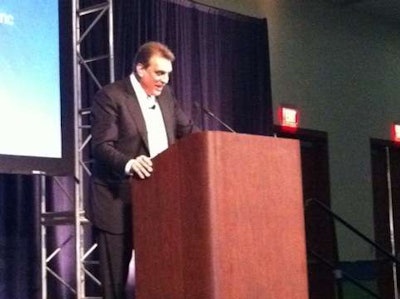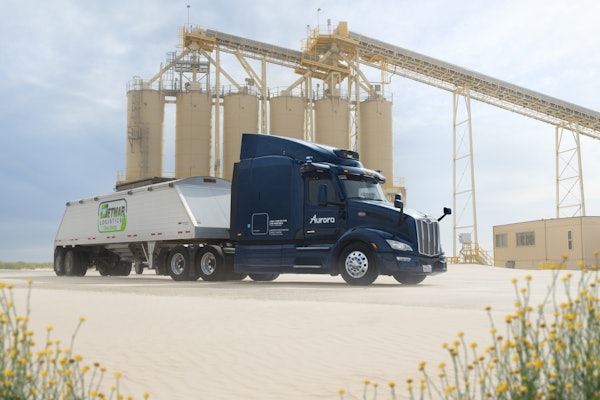While the trucking industry is gaining some good fundamentals, including more favorable freight rates, carriers also continue to face tremendous cost pressures in addition to a heavy regulatory environment, said Dan Sobic, executive vice president of Paccar, speaking to Heavy Duty Manufacturers Association members on Friday, March 23, in Louisville, Ky.
With diesel prices well above $4, “all of us need to continue to collaborate and develop vehicles that will offset the impact of increasingly higher fuel prices,” said Sobic. Solutions such as natural gas and other alternative fuels, hybrid vehicles, SmartWay trucks and other components will be required in the coming years, he added.
Looking at the global truck market, Sobic expects a 2.9 percent to 3.9 percent increase in demand for trucks bigger than 6 tons by 2015. In 2011, China represented 40 percent of the demand for the total truck market, and India will become the fourth-largest market in the next three years. Truck demand in Latin America is poised to more than double in the next three years. “Many emerging markets will require increased truck production,” Sobic said.
In the U.S. and Canadian markets, 2011 OEM build rates grew at double the rate of 2010, and the outlook for truck demand continues to be positive. “We expect the U.S. and Canadian Class 8 truck market to improve to 210,000 to 240,000 units in 2012,” said Sobic. “Three months into the year after watching order intake levels, the market may be closer to the upper end of the forecast, which is great news.”
With the average vehicle age at more than 6.5 years, 2012 will be the first year that the United States and Canada will be at or above traditional replacement demand since 2006. Sobic said the average age will drop slightly but remain at historically high levels.







